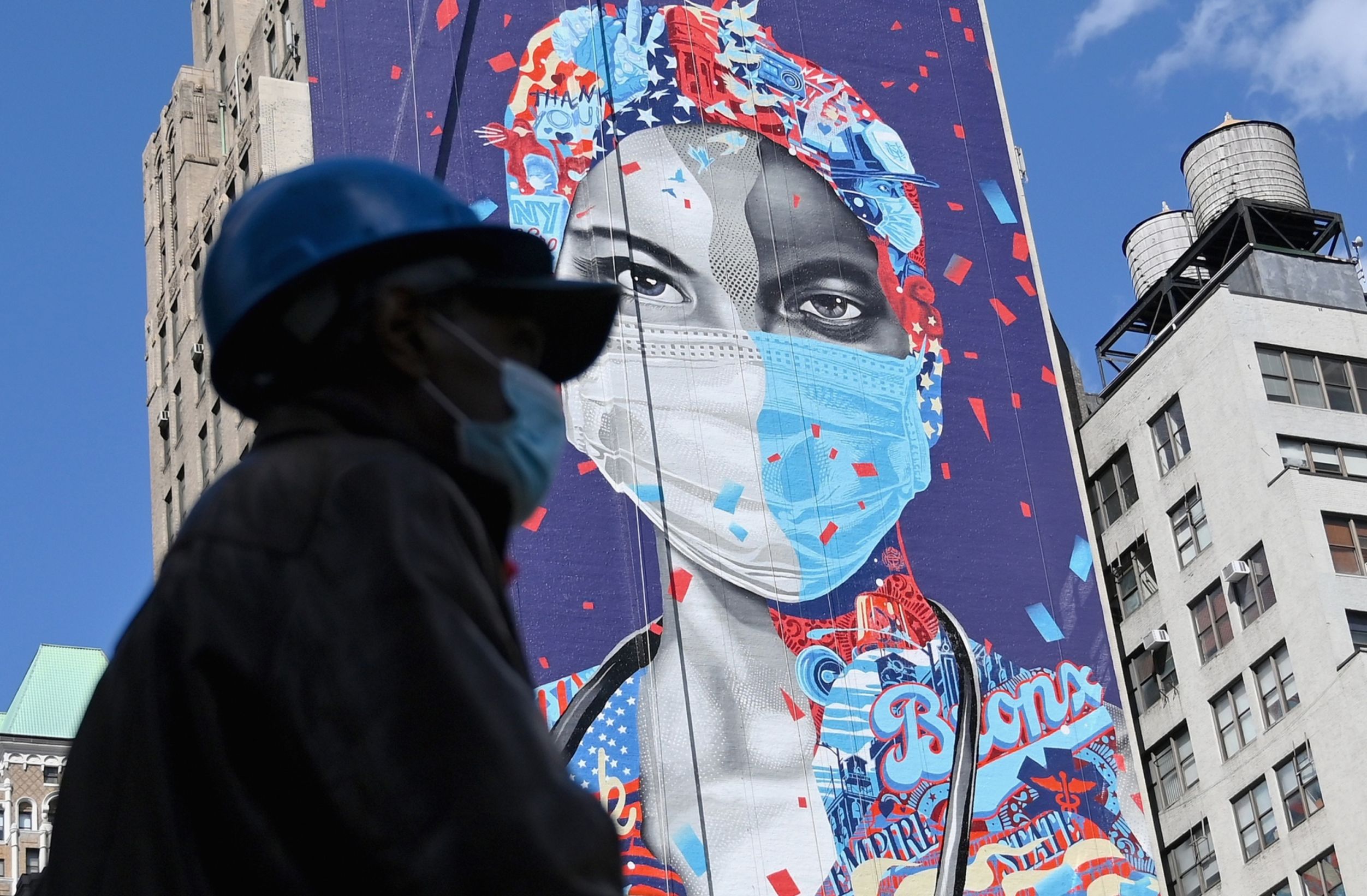On election night, Democratic campaign consultants may have been wondering, “Where did all these voters come from?” But unless the next Congress sets a legislative course over the next few months, Speaker of the House Nancy Pelosi may soon be wondering, “Where did all the voters go?”
The incoming Biden administration will need to navigate an extremely rough economic path ahead. Congress has struggled to reach an agreement for another round of stimulus to provide emergency relief for families and businesses. Now they must act before the “dark winter” ahead further deteriorates the economic recovery.
The 2025 Digital Banking Demo Challenge will bring banks and fintechs together for real-world product testing, live judging, and a new standard for vendor evaluation at this year's Digital Banking Conference.
AB_Leaders_Sizzle Reel
As the CEO & President of Imagine360, Jeff spearheads the company's continued mission to reduce health plan costs for US employers, employees and their families. Jeff has three decades of experience in managing and growing healthcare services companies, Jeff was the global practice leader of the Health, Life Sciences and Business Process Outsourcing (BPO) division for Wipro Limited and was the president and CEO of HealthPlan Holdings (HPH) — a leading healthcare solutions business serving payers, self-funded employers, unions, small businesses and individuals — its acquisition by Wipro.
Gross domestic product, the broadest measure of goods and services produced across the economy, decreased at an annual rate of 32.9 percent in the second quarter of 2020, followed by a surged of 33.1 percent in the third quarter, in part due to earlier rounds of fiscal stimulus when businesses were offered Economic Injury Disaster Loans and forgivable Paycheck Protection Program loans, and individuals received direct payments and extended unemployment benefits.
Economic experts believe the current surge is not enough to stop continued losses incurred by various segments of economy.
“While the strong bounce back in activity from the initial devastation of COVID-19 was heartening, the recovery thus far has been highly uneven, and the path ahead is highly uncertain,” said Federal Reserve Governor Lael Brainard in a speech last month at the Society of Professional Economists annual online conference.
This highly uneven and uncertain bounce indicates the prospect of a K-shaped recovery, where some sectors continue to recover, while others see a steady decline.
The new stimulus package must focus on the sectors facing difficulties ahead to avoid colossal damage and massive layoffs.
According to the U.S. Chamber of Commerce, approximately 4 million small businesses — 13 percent of America’s 31 million smallest employers — have now exhausted their PPP loans, and many face permanent closure without further assistance.
According to the National Restaurant Association, the restaurant industry will lose $240 billion. U.S airlines may be forced to furlough 75,000 pilots, flight attendants, mechanics and other workers by the end of 2020 if Congress doesn’t act.
States and municipalities are now on verge of extreme shortfalls due to declines in tax revenues and rises in additional costs. Local governments that fund and operate public school systems will need more funding. “The average school district will face $1.8 million, or $485 per student, in additional costs for disinfectants, personal protective equipment and other preparations to bring students into classrooms this year,” according to the Association of School Business Officials.
The Federal Reserve’s Survey of Consumer Finances indicates that cash-strained households will continue to suffer as a result of continued unemployment and reduced working hours. The CARES Act did support these households either through direct payments or enhanced unemployment benefits this year, but the financial security of these households will depend on whether unemployment benefits will be extended or supplemented next year.
Therefore, it is imperative for Congress to ensure that the recovery reaches those who have been disproportionately affected. A targeted fiscal support can turn a K-shaped recovery into a broad-based, inclusive recovery to eliminate shortfalls in employment and provide a better outcome overall.





